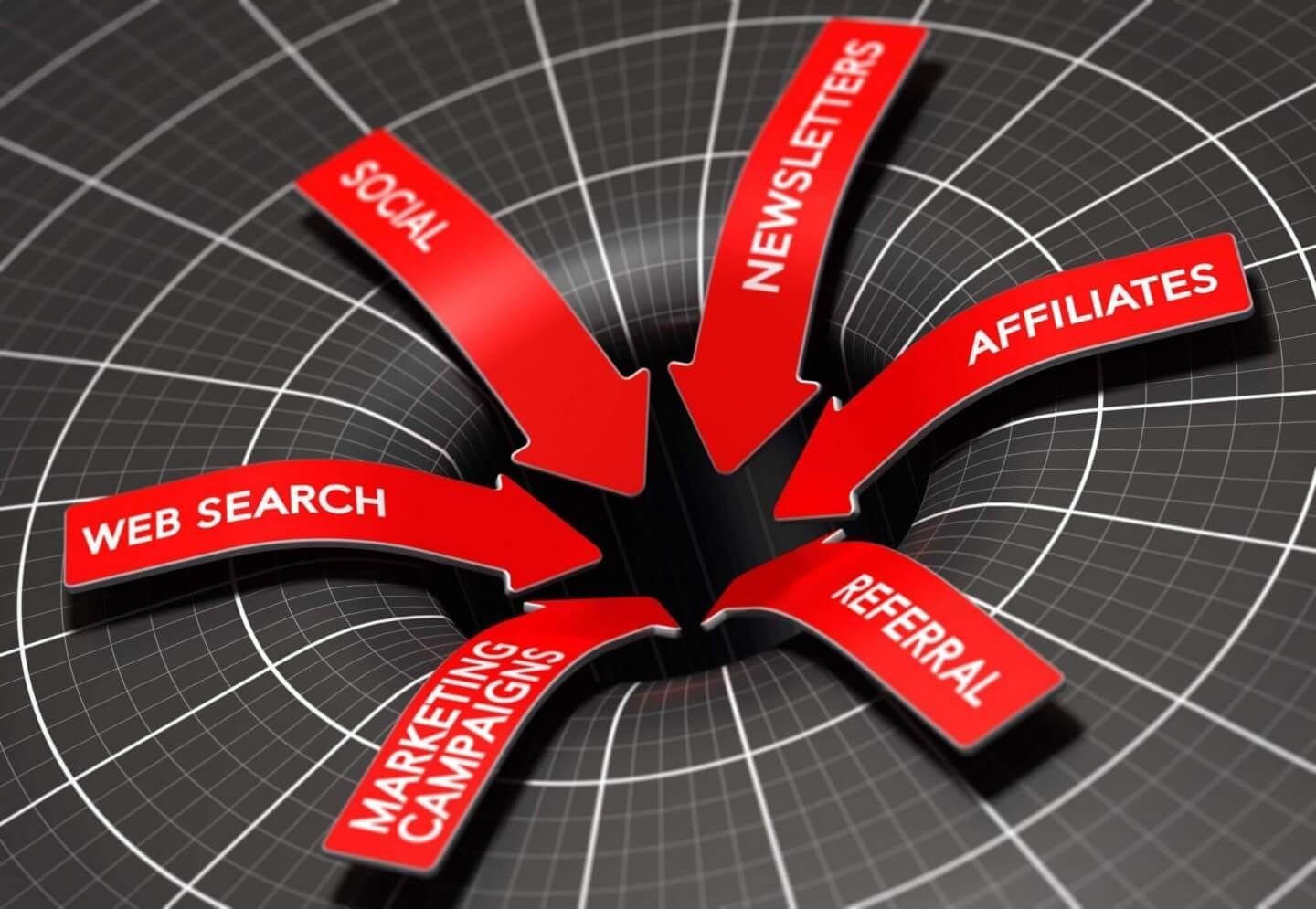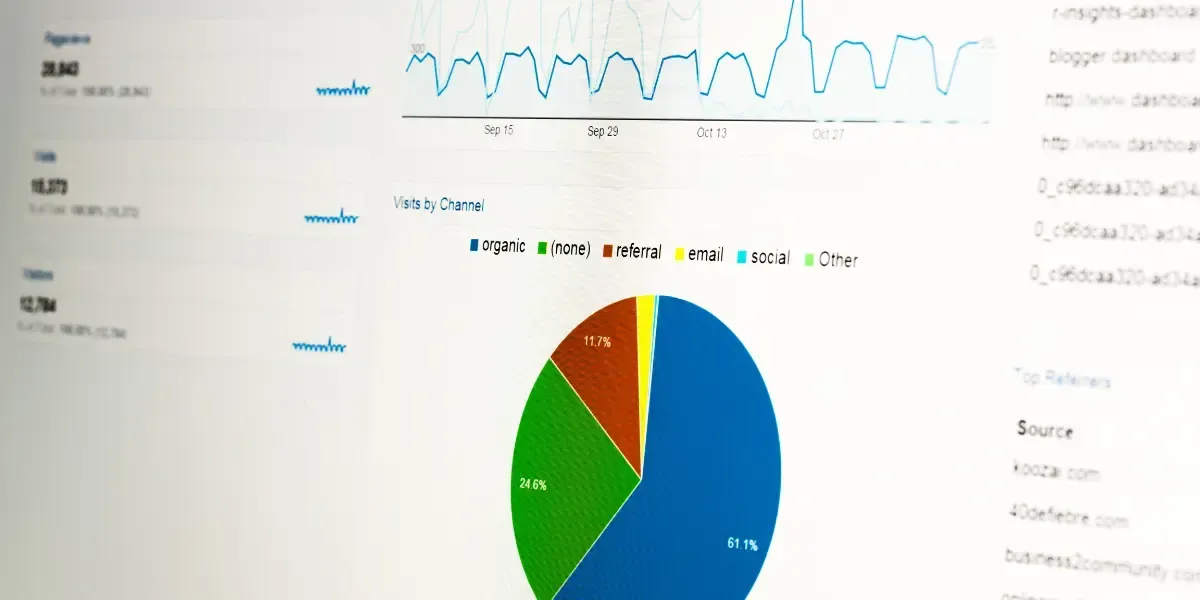What Is Your Real Source Of Conversion

A quick glance at your Google Analytics will show you just what channel your customers used to access and purchase your products. You might think, ‘perfect, now I can stop every other advertising and marketing method and just focus on the one that’s performing the best!’
Contents
- How Does Google Analytics Work?
- What is Multi-Channel Funnels?
- Multi-Channel Funnel Reports
- Overview Report
- Assisted Conversions Report
- Top Conversion Paths Report
- Time Lag Report
- Path Length Report
- So, What Is Your Real Source of Conversion?
Listen to this article
Before you do, though, take a moment to think about your own shopping habits. Do you typically search for the product you want, click on a Google Ad, then make your purchase? In all likelihood, probably not.
Instead, you might search for a product in Google, click on a website to learn more about it, check out a blog post, or something else.
Sometimes, you might have even come across a product through an email newsletter, on a social media network, or through a referral site before finally making the purchase via a Google Ad that day – or days later.
That Google Ad is getting all the credit, but it was the multiple other channels that did all the hard yards. It would be like giving one All Black all the credit for scoring a try and disregarding all the other players, even though they played a part in getting that try-scorer the ball.
How Does Google Analytics Work?
At face value, business owners and marketing companies use Google Analytics to show a business’s eCommerce transactions and conversions. Typically, the last thing a customer clicked on before making a purchase is shown as the conversion.
For basic information regarding transactions, this method of data is sufficient. In fact, this free web analytics service is one of the best analytical tools out there for marketing and search engine optimisation (SEO).
However, something was lacking – and that was a depth to the data. That’s where Multi-Channel Funnels under the umbrella of Google Analytics comes in. Migrating to the latest analytics platform GA4 will help further with conversion tracking by allowing marketers to set up analytics for their websites much more easily.
What is Multi-Channel Funnels?
If you or your E-marketing team is using the latest version of Google Analytics, they may have seen a new feature called Multi-Channel Funnels. If you can’t see it, make sure you have goals enabled before clicking on the ‘Conversions’ tab in the left-hand column, followed by ‘Multi-Channel Funnels’.
This function offers in-depth reports on the various marketing channels that work together to create conversions for your business. So, in this case, every single All Black is being praised alongside the one that scored the winning try. The best part is, you can see what’s working from start to finish of the buying process and what may require some tinkering.
Whether you’re a PPC manager or a business owner, having five new report options available can make you feel like you have full control over your marketing campaign. You can now see the full path-to-conversion over 30 days, or even up to 90 days, by adjusting the search results.
This includes seeing the various customer interactions with your channels – such as social networks, display ads, organic searches, paid searches, and affiliates.
1. Overview Report
The overview report forms the first part of the Multi-Channels Funnel section. It allows you to compare your conversion numbers and assisted conversions over your preferred time period. There is also a tool called ‘Multi-Channel Conversation Visualiser’. See for yourself how the different channel combinations led to a sale.
2. Assisted Conversions Report
Using Assist Interaction Analysis or First Interaction Analysis, you can determine how many sales and conversions each of your channels initiated, aided in, and completed. The Assisted Conversions Report will also show the value of those sales.
3. Top Conversion Paths Report
Perhaps one of the most desirable reporting features of Multi-Channel Funnels is the Top Conversion Paths Report. This report shows you the most popular conversion paths that led to sales and conversions. It also shows you how many conversions there were from each path and their value.
What’s particularly interesting about this report is how many different channels can work together for a single outcome – a sale. You might directly pick up most of your customers through Google Shopping or Google Ads, but that’s rarely the case.
Instead, it can be a combination of paid advertising, organic search results (through methods like SEO copywriting), referrals, and direct. You can view the basic channel grouping path or create your own custom channel groupings. This report also offers the option to display the data by the source, medium, AdWords, and other traffic.
4. Time Lag Report
Think about your own shopping habits and the typical timeframe for making a purchase. When you decide you need a new washing machine, do you look for one online then purchase it the same day? Or, do you view different sources, read reviews, then, days later, go back and make your purchase?
Sure, we’re all capable of making impulse buys. Still, the average person may not always purchase an item on the same day they begin looking for it online. But how do you know for sure? One of the newest report offerings from Google Analytics’ Multi-Channels Funnel is the Time Lag Report.
This report outlines the conversion paths that take place within 0 to 12+ days. You may notice in your own reports that the sales values from conversions that took the longest tend to be higher. As a rule, people tend to spend longer mulling over their options regarding big ticket items.
These time lags can also explain why you sometimes see conversions from a previous month appearing in the following month’s AdWords data. People took their time making sure your product was right for them.
5. Path Length Report
Related to Time Lag Report, the Path Length Report outlines the number of interactions a visitor had with your website before they converted. What businesses tend to see with this data is the higher the cost of an item, the more interactions a customer can have with it before deciding to buy it.
So, What Is Your Real Source of Conversion?
Your paid ad may have been the deal clincher, but there is some truth in not putting all your eggs in one basket. By ignoring the other conversion paths, you are potentially locking yourself out of the very conversion paths that lead to the golden egg.
Every conversion path has its place, from paid and organic searches, referral sites, and affiliates to social media platforms, email newsletters, and custom campaigns. Thanks to this new report tool, Multi-Channel Funnels, you can analyse every conversion path to ensure you’re covering all bases and providing the clearest route to a sale.
FAQ
How does Google Analytics determine conversions?
Google Analytics determines conversions by attributing them to an event such as the last interaction or click that led to the conversion, commonly known as the “last click” attribution model.
What is Multi-Channel Funnels in Google Analytics?
Multi-Channel Funnels in Google Analytics is a feature that provides in-depth reports on the various marketing channels that contribute to conversions, allowing businesses to understand the customer journey and the combination of channels that lead to conversions.
Digital Blog












